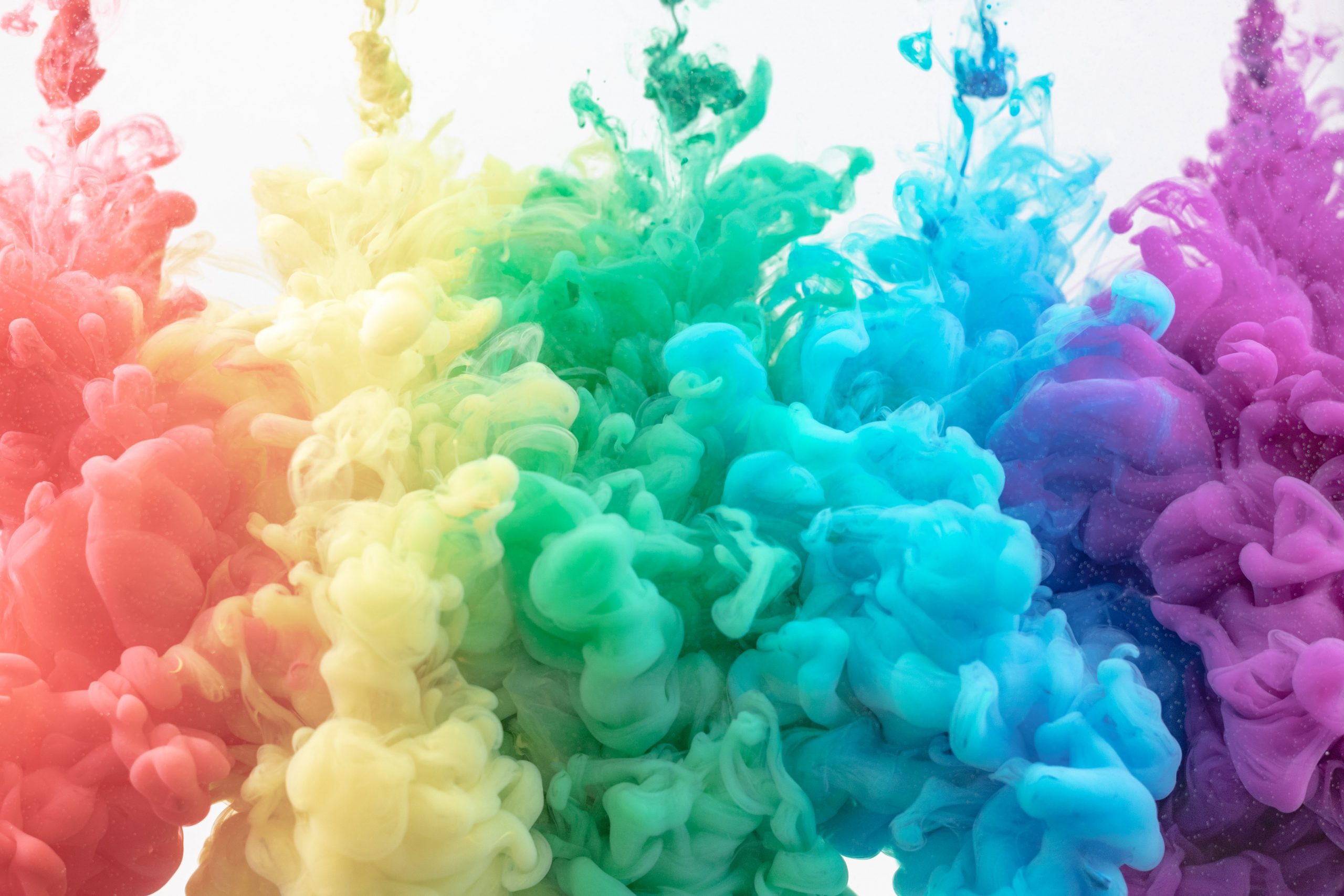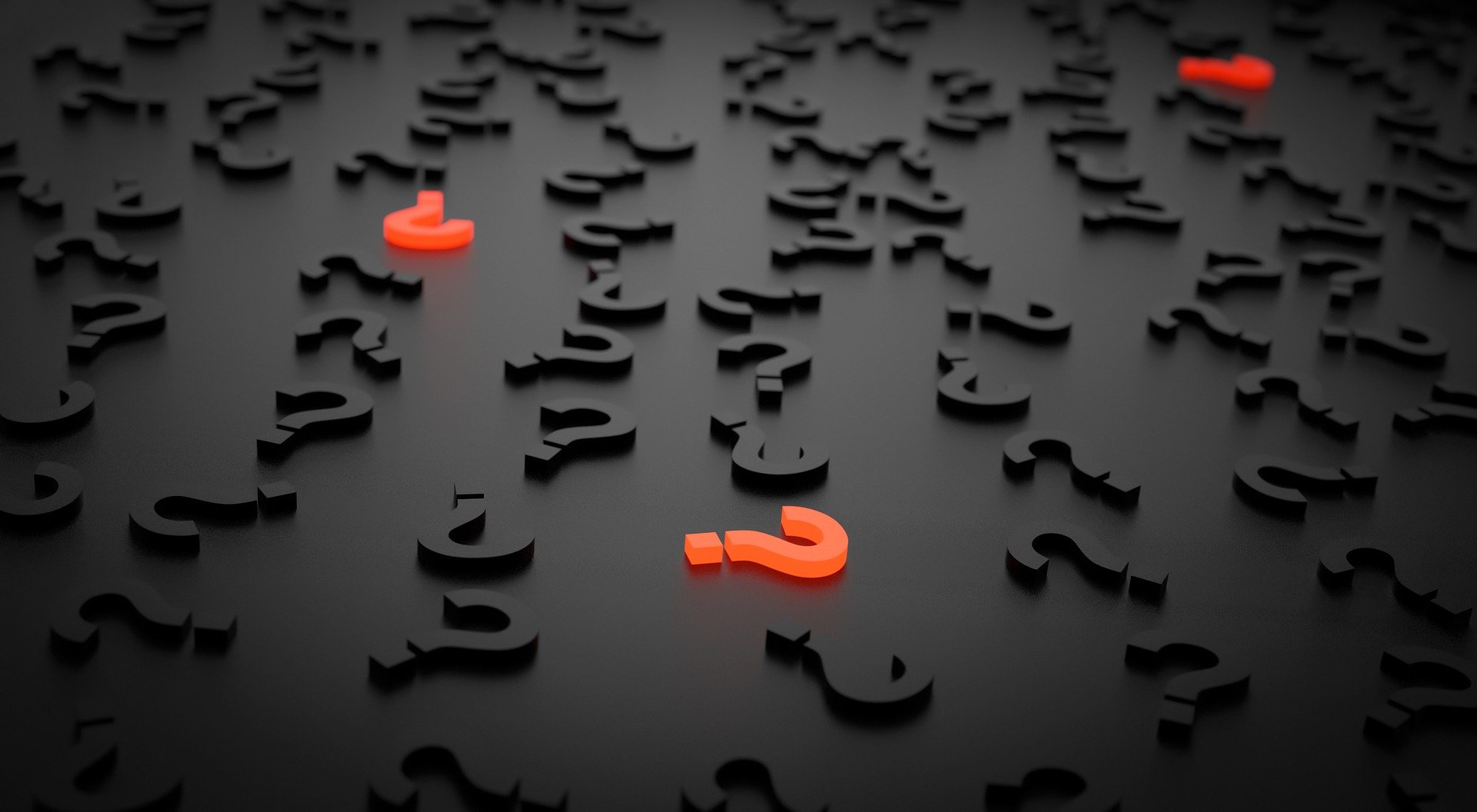Create a Colorful Website: The Ultimate Guide to Web Design Color Theory
In an industry that thrives on visual mediums, it’s no surprise that design plays such a critical role in the success of a website. The look and feel of a site can make or break its conversion rate and its popularity with users. In short, it’s not enough to have an aesthetically pleasing website—it needs to be a site visitors will want to return to again and again. Creating a visually appealing website is one step in the right direction, but you can take your site to the next level by implementing color theory principles. If you’re anything like most people, you probably remember learning about primary colors, secondary colors, and tertiary colors when you were in school. Perhaps even more so than the actual names of these colors, what stuck with most people is how they are all related because they are made from combining equal amounts of red, blue and yellow primary colors. This article will help you understand why this is important in web design; what each color means (visually and psychologically); how different combinations of primary colors create secondary and tertiary colors; which combinations work well together; and some examples of where we commonly see each color used.
What is Color Theory for Website Design?
A lot of people have a hazy idea of what color theory actually is, so let’s start there. Color theory is the study of how colors affect human emotion and perception. If you know a little bit about the science behind design, you might know that color is a huge part of that. Color theory is a huge part of design and marketing. There are a lot of psychological triggers that go along with specific colors. Knowing how to use color theory to your advantage can help improve the experience for your customers, as well as make your products more appealing. We see color everywhere and use it in many aspects of our lives. Websites, marketing campaigns, clothes, and decorations all use color. That’s because color has a significant impact on humans and how we feel.
How Does Color Theory Apply to Web Design?
Because a website is a visual medium, it only makes sense that the colors chosen for a site should reflect the brand in both a literal and psychological way. Color is not only a visual cue, but also a creative tool that has the power to elicit an emotional response in the viewer. For example, yellow is often associated with optimism. Blue is often associated with trust and serenity. Web designers have a lot of freedom when it comes to deciding what colors to use in a website’s design. There are no set rules, although there are some tried and true methodologies that will help create a site that is user-friendly, visually appealing and conversion-worthy.
Which Colors Work Well Together?
The best way to determine which colors will work well together is to follow a tried and true color scheme. There are many different ways to create a color scheme, but the most common is the colour wheel. A colour wheel is the most basic way to create a colour scheme and it’s usually done with either paint or with computer software like Photoshop. Here’s what the colour wheel looks like: This colour wheel shows you all the different colours and their relationships to one another. You can see that some colours are directly across from each other while others are next to each other. The colours that are directly across from each other are called “adjacent colours”. The colours that are beside each other are called “directly opposing colours”.
Which Colours Should You Use for Your Website’s Background?
The first thing people will see when they come to your website is the background colour. It’s important to choose wisely. Some general guidelines to follow include:
- Choose a colour that appeals to your audience.
- Avoid using colours that will make it difficult for readers to understand the content.
- Avoid using colours that are too bright. Let’s take a look at some specific colour schemes.
- Complementary Colours – Choosing a colour scheme that uses complementary colours will make your website pop. When you line up the colours on the colour wheel, you find that complementary colours are opposite each other. These are best used for branding and logos. Complementary colour schemes can be a bit jarring, which is why they’re best used for short-term attention-getting.
- Using contrasting colours can help draw attention to important aspects of your design. This can help get people’s attention and make key information stand out.
- Triadic Colours – Triadic colours are equidistant from each other on the colour wheel. This colour scheme is much more subtle than complementary colours. Use a triadic colour scheme for websites that want to be subtle and appealing.
- Tetradic Colours – Tetradic colour schemes are even more subtle than triadic colours. This colour scheme can be used for websites that want to appear calm and welcoming.
Which Colours Should You Use for Your Website’s Text?
The colour you use for your site’s text will depend on the type of text you are using. Here are some basic guidelines for choosing the right colour for text.
- Using a dark colour for text on a light background will make the text more visible.
- For text that is on a dark background, use a light colour.
Which Colors Are the Most Important on a Website?
Designers often have to decide which colours should be most dominant on a website and where those colours should be placed. The most important colours for your website are the ones that are used in your logo. After that, you’ll want to use colours that will help engage your readers and encourage them to take action. Different colour motivations can influence how people respond to a website.
- Trust and security – Blue is typically associated with trust, security and authority so it makes sense that this colour would be useful for websites that want to inspire confidence in the visitor. Muted grays and navy blues are good choices for websites that want to inspire trust and security.
- Excitement and energy – Red is associated with excitement and energy, which makes it a good colour choice for websites that want to encourage action. Orange and yellow are also good colours for creating excitement.
- Calmness and thoughtfulness – Green is often used to inspire calmness and thoughtfulness. Depending on the shade, green can be very soothing and make people feel relaxed.
How to Find the Right Web Design Colour Combos Based on Personality Type
Web designers have a huge amount of creative freedom when it comes to deciding what colours to use in a website’s design. There are no set rules, although there are some tried and true methodologies that will help create a site that is user-friendly, visually appealing and conversion-worthy. While there are no set rules for colour choices, there are ways you can use colour to your advantage. You can use colour to promote a certain message or brand image or even help inspire specific emotions in your readers. One thing to keep in mind when designing your site is that you want to appeal to a wide variety of people. You don’t just want to appeal to people who share your specific personality type. You want to appeal to everyone.
Final Words
Finally, don’t forget that some of the most important elements in your design are the ones that aren’t visible at all. Colour is an important part of design, yes, but so are composition, proportion, texture, and many other design elements. If you want to create a great website, you need to consider all of these elements and how they work together to create a cohesive design that appeals to your readers and helps you achieve your goals.




